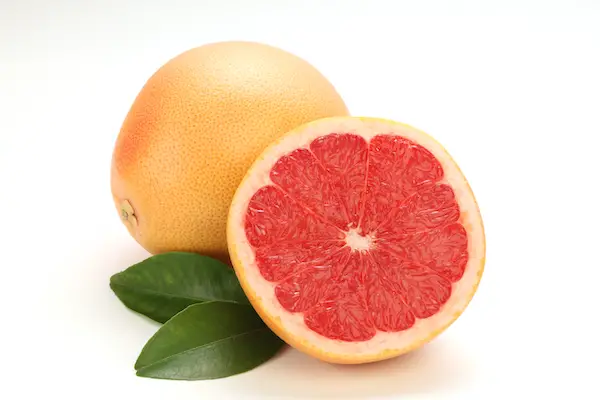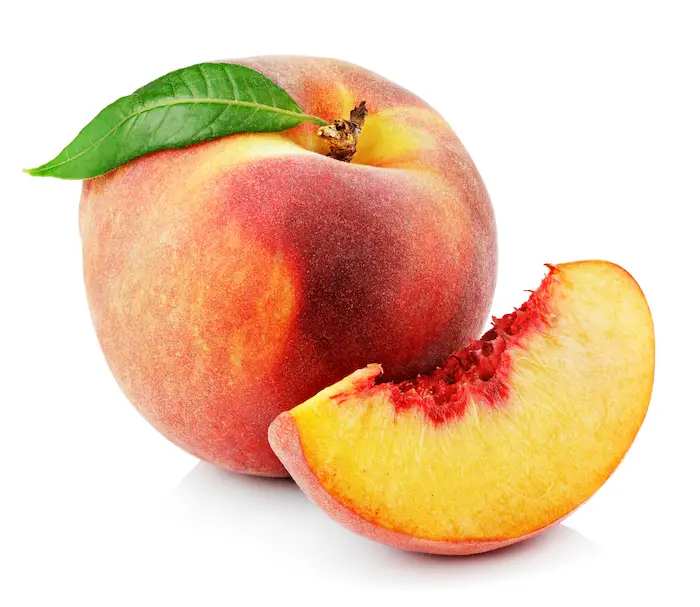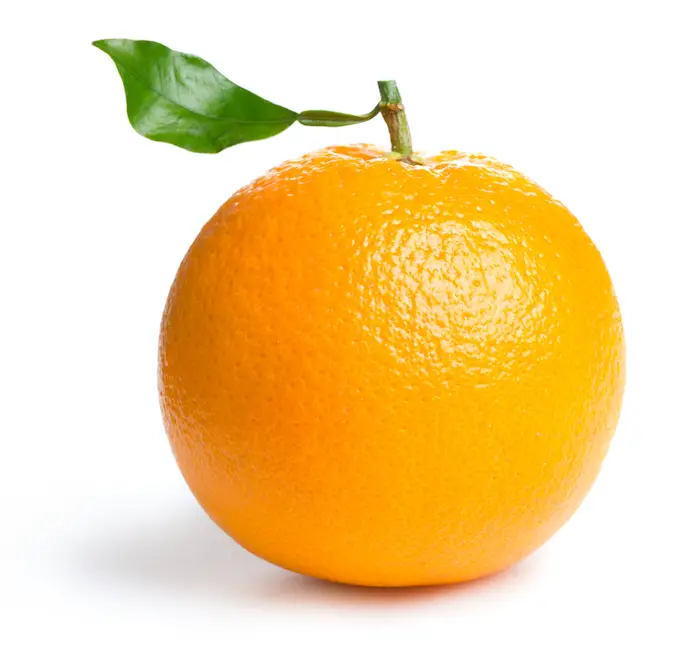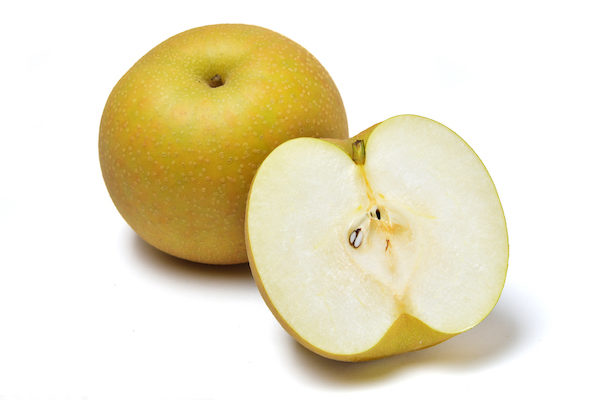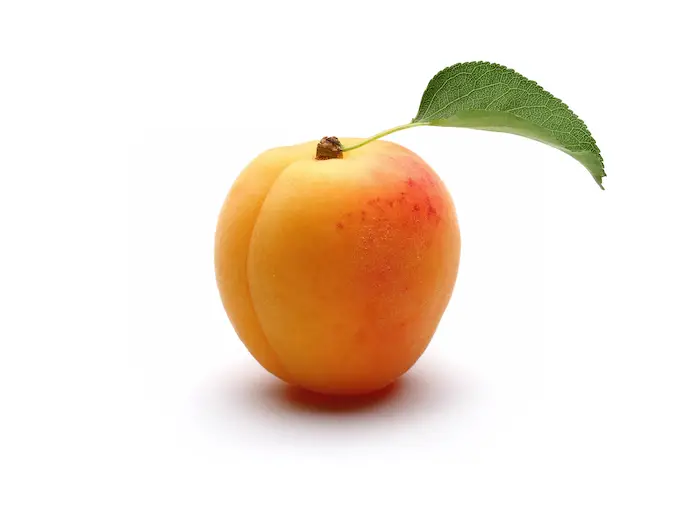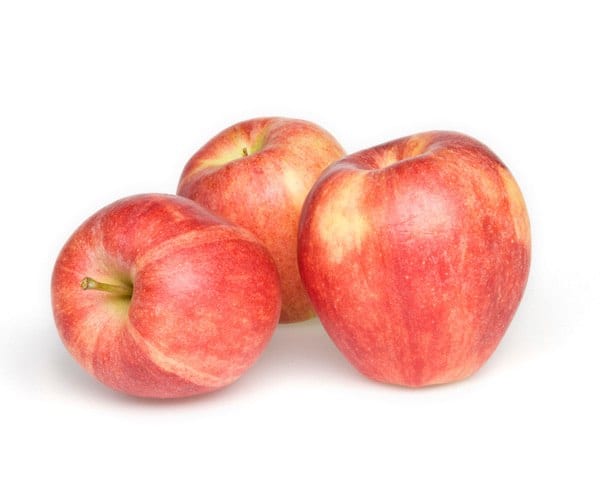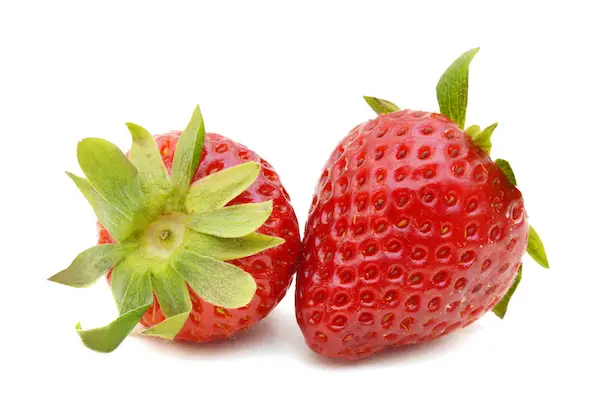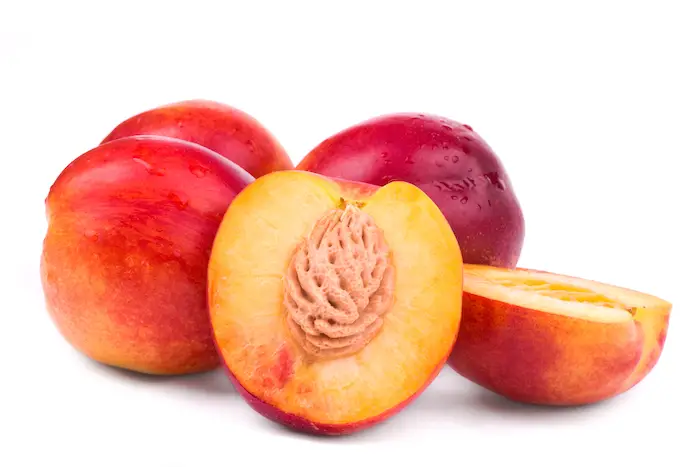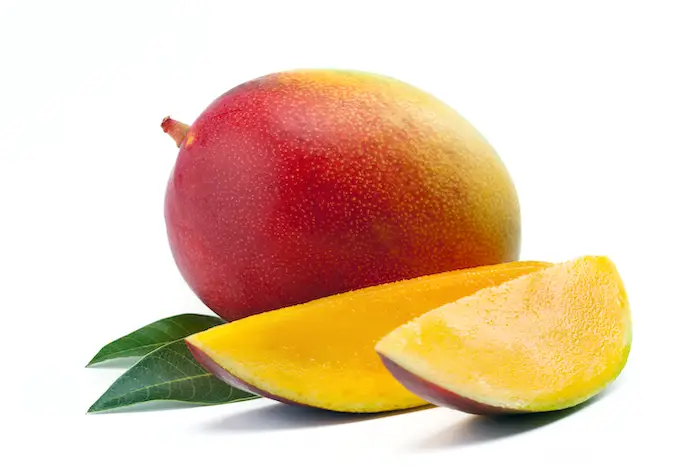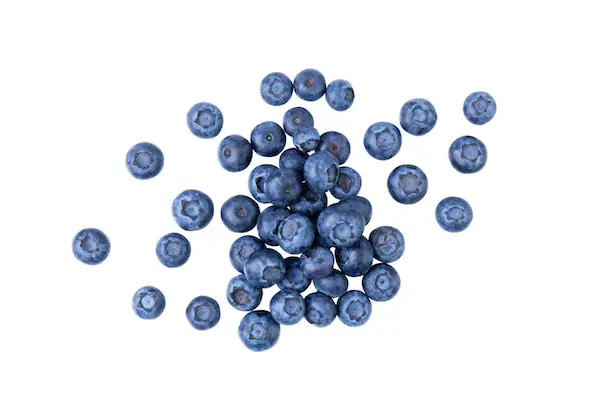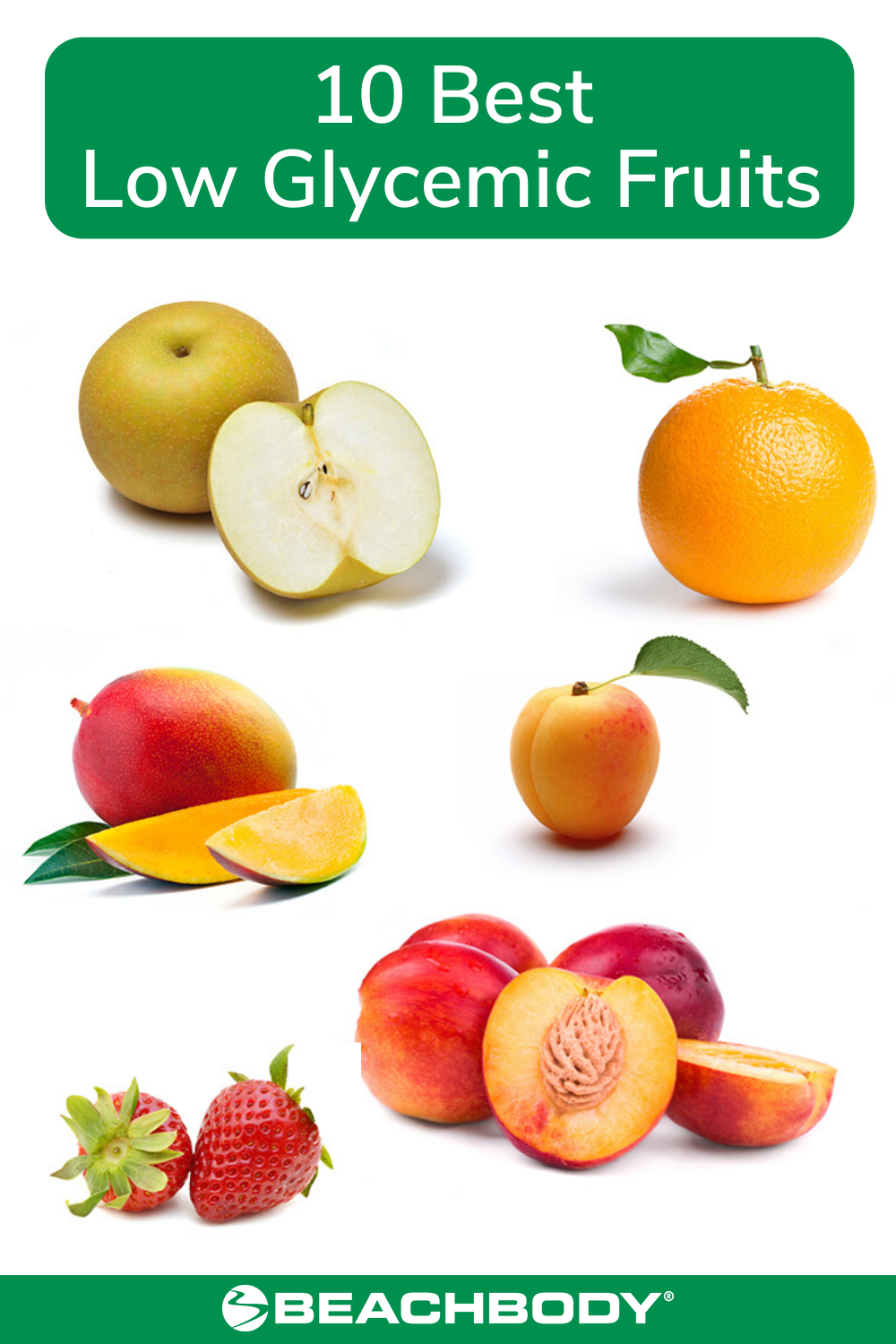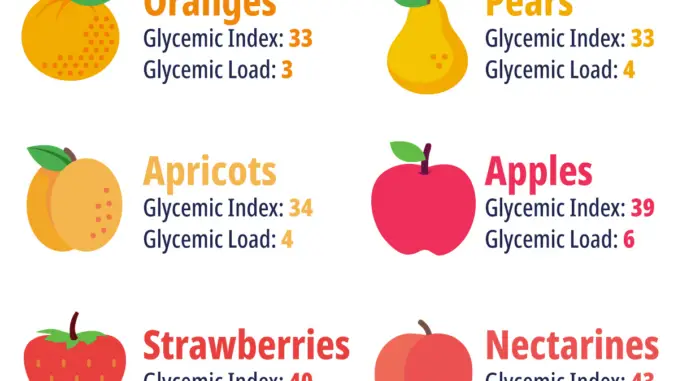
The glycemic index is a measurement of how a particular food that contains carbohydrates will impact your blood sugar after you eat it.
“A number between 0 and 100 assigned to food represents the relative rise in blood glucose levels two hours after consuming that specific food,” explains Vanessa Rissetto, RD, who runs a private nutrition practice in New York City.
Since most fruits are sweet — and they all contain carbs — knowing which fruits are low-glycemic is helpful for anyone following a low-carb diet for weight loss.
The American Diabetes Association considers foods with a glycemic index of 55 or less to be “low-glycemic index foods.”
Pure glucose (sugar) ranks 100, which serves as the comparison for other foods.
“The glycemic index of food is not always related to the sweetness,” says Brocha Soloff, BS, RD, CDN, founder of iHeart Health. “It’s more related to the starch content, though higher-sugar mango and pineapple have a higher glycemic index than strawberries, for example.”
If you’ve ever felt the crash that inevitably comes after eating too much sugar, you’ll appreciate this list of low-glycemic fruits that can satisfy your sweet tooth with less of an impact on your blood sugar.
However, if you find yourself gravitating towards the high GI fruits, simply pair them with a healthy fat, such as peanut or almond butter, or eat them as a dessert, when your tummy is full and won’t react the way it would on an empty stomach.
Here is a list of 10 amazingly healthy fruits that we love, along with their glycemic index and glycemic load.
1. Grapefruit
Glycemic index: 25
Glycemic load: 3
Add grapefruit segments to salads, snack on them in the afternoon, or broil them for a sweet evening treat.
2. Peaches
Glycemic index: 28
Glycemic load: 4
You enjoy peaches as they come or grill fresh ones to serve alongside pork chops or chicken breasts.
3. Oranges
Glycemic index: 33
Glycemic load: 3
Oranges are ideal for on-the-go snacking — they don’t need to be refrigerated and come in their own protective “container.”
Pair yours with low-fat cheese or a serving of nuts for more staying power.
4. Pears
Glycemic index: 33
Glycemic load: 4
Sprinkle ripe pear cubes with ground cinnamon and drizzle on some almond butter for a simple snack. Want to intensify their flavor? Bake them first!
5. Apricots
Glycemic index: 34
Glycemic load: 3
Dice apricots and other stone fruits — like plums and pluots — with red onions, cilantro, and hot peppers for a sweet and savory salsa.
Apricots tend to have a firmer texture than peaches, even when ripe, so they hold up great on the grill (and on the go).
6. Apples
Glycemic index: 39
Glycemic load: 6
Apples and peanut butter are a flavor match made in heaven, and the pairing also adds fat and protein! This helpful guide breaks down the most common apple varieties — and their best uses.
7. Strawberries
Glycemic index: 40
Glycemic load: 1
Perfectly ripe strawberries are such a treat in spring and summer. Try them (or any berry that’s in season) in a salad or with some yogurt.
8. Nectarines
Glycemic index: 43
Glycemic load: 4
Nectarines, like apricots, can be swapped into any peach recipe. Dice one atop Greek yogurt in the morning, or stir into oatmeal or overnight oats.
9. Mangos
Glycemic index: 51
Glycemic load: 8
Pair mango with avocado and red onion in salads for a savory twist, or add mango cubes to your morning yogurt bowl.
10. Blueberries
Glycemic index: 53
Glycemic load: 5
If you love to just pop blueberries into your mouth as a snack, team them up with a serving of walnuts or your favorite nut.
Carb Counts vs. Glycemic Load
A food’s carbohydrate count is different from its glycemic index ranking and its glycemic load.
The glycemic index is a ranking of that food’s carbs (and the impact on your blood sugar) using that scale of 0 to 100; its glycemic load is a measure of the food’s glycemic response, based on serving size.
(Glycemic load = glycemic index x grams of carbs consumed / 100)
And while the glycemic index of foods can’t change, you can alter the effect they have on your blood sugar by combining higher-glycemic fruits and other foods with fat, fiber, and/or protein, says Soloff.
One simple example would be to eat a banana (glycemic index: 51) with a spoonful of peanut butter (glycemic index: 14).
“The fat in the peanut butter will slow down the digestion of the banana and its entry into your bloodstream,” she says.
The post Treat Yourself With These 10 Low-Glycemic Fruits appeared first on The Beachbody Blog.
